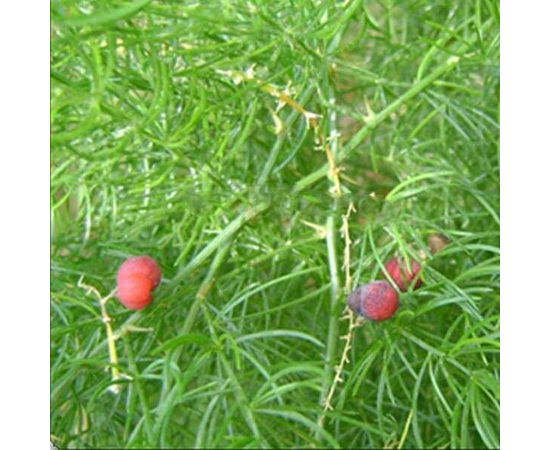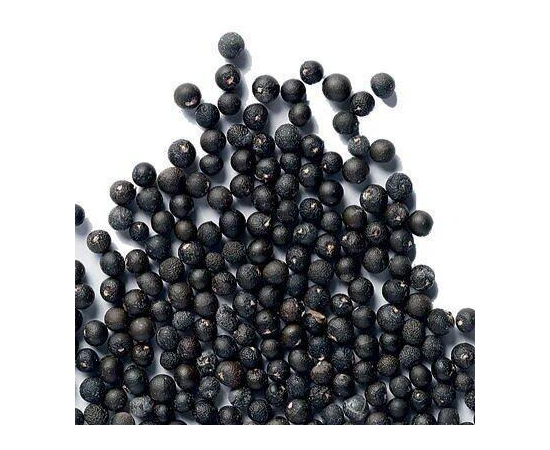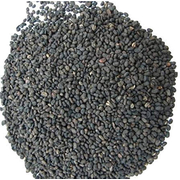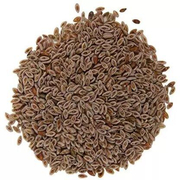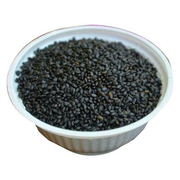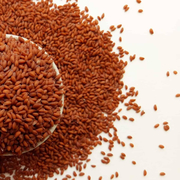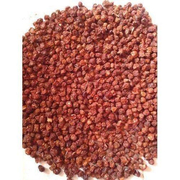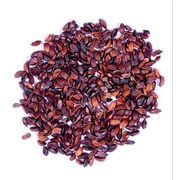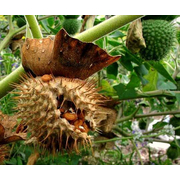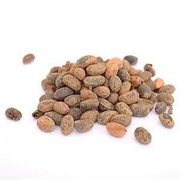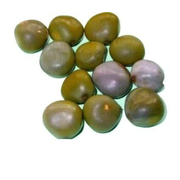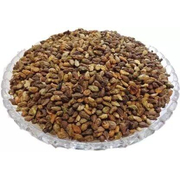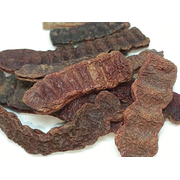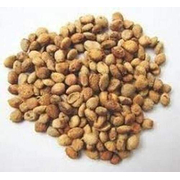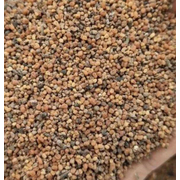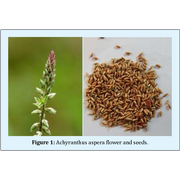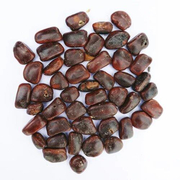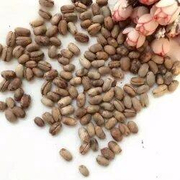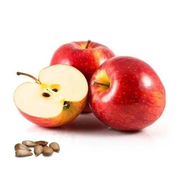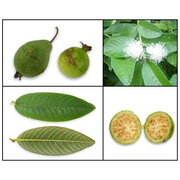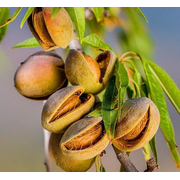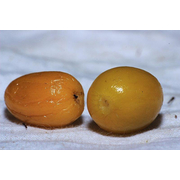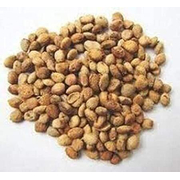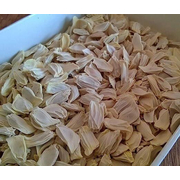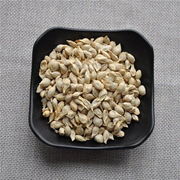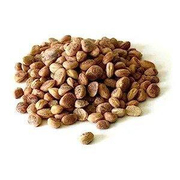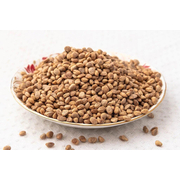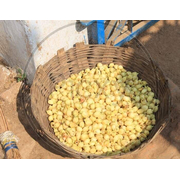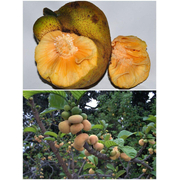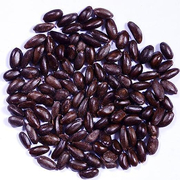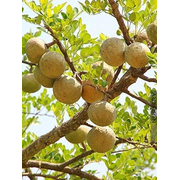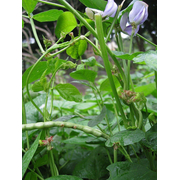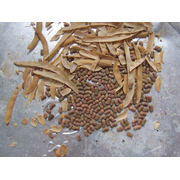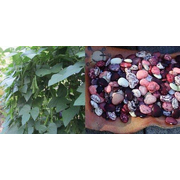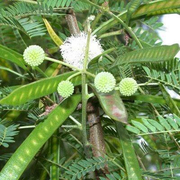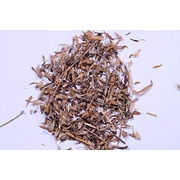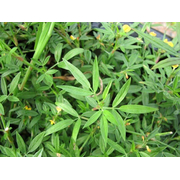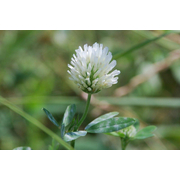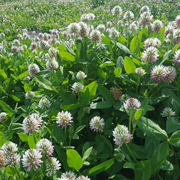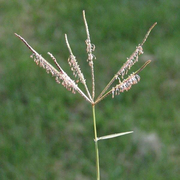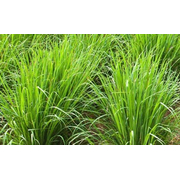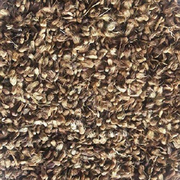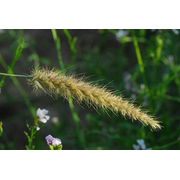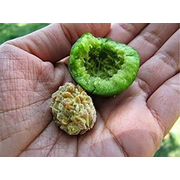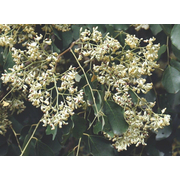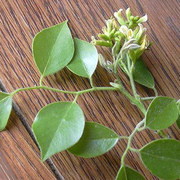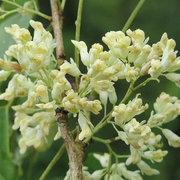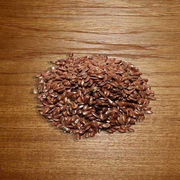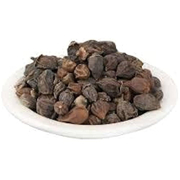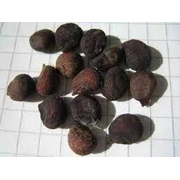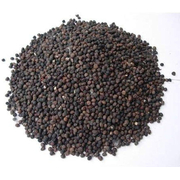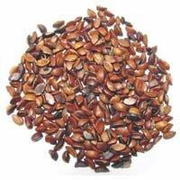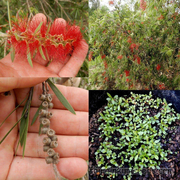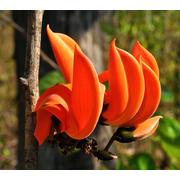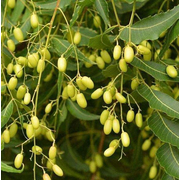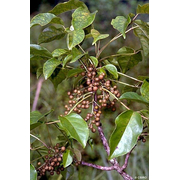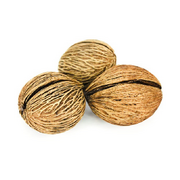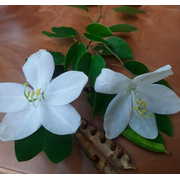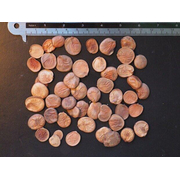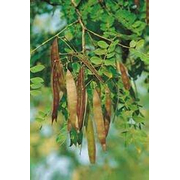Herbal Seeds Growing and Using Asparagus Racemosus (Shatavari) Seeds
Highlight
- Organic Plant Seed
- Botanical Name: Shatavari
- Suitable For: Outdoor
- Seed's Color: Black
- Type of Seed: Herb, Tree
- Growing season: Summer
- Moisture Needs: Moderate Watering
- Package Contain: Pack Of 50 gm seeds
Description
Growing Asparagus racemosus, commonly known as Shatavari, from seeds can be a rewarding endeavor. Here's a step-by-step guide on how to grow Asparagus racemosus seeds:
Gather Seeds: Collect fresh Asparagus racemosus seeds from a reputable source or purchase them from a reliable supplier.
Prepare Soil: Shatavari prefers well-draining soil with a pH level around 6.0 to 7.5. You can create a mixture of potting soil, compost, and sand to ensure good drainage.
Scarification (Optional): Some gardeners recommend scarifying the seeds by lightly scratching or nicking the outer seed coat. This can help improve germination rates.
Sow Seeds: Fill seed trays or small pots with the prepared soil mix. Sow the seeds about 1/4 inch deep into the soil. Cover the seeds lightly with soil and press gently to ensure good seed-to-soil contact.
Watering: Keep the soil consistently moist but not waterlogged. Water the pots or trays gently using a spray bottle or a watering can with a fine nozzle.
Provide Light: Place the pots or trays in a well-lit area with indirect sunlight. A warm and bright location, such as a sunny windowsill, can be ideal.
Germination: Seeds may take a few weeks to germinate, so be patient. Once germination occurs, you'll see small seedlings emerging from the soil.
Transplanting: When the seedlings have grown a few inches tall and have a couple of true leaves, they can be transplanted into larger pots or directly into your garden bed. Space the seedlings about 12 to 18 inches apart.
Outdoor Planting: Choose a location with partial to full sunlight for planting outdoors. Make sure the soil remains consistently moist but not waterlogged.
Maintenance: Water the plants regularly to keep the soil evenly moist. Apply a balanced liquid fertilizer every 4-6 weeks during the growing season. Monitor for pests and diseases, and take appropriate measures if needed.
Trellising: As Shatavari grows, it may benefit from some support. You can use stakes or trellises to help the vines climb and prevent them from sprawling.
Harvesting: Be patient, as Shatavari takes a few years to mature. You can start harvesting the tuberous roots when they have reached a suitable size, usually after about three years. Harvest by carefully digging up the roots and replanting a portion to continue the growth cycle.
Remember that Asparagus racemosus is a perennial plant, and growing it from seeds requires a longer-term commitment. Adjust the growing conditions based on your local climate, and consider any local regulations or guidelines for cultivating medicinal plants.
No reviews found
 1,12,000 Artisans families benefited so far
1,12,000 Artisans families benefited so far

